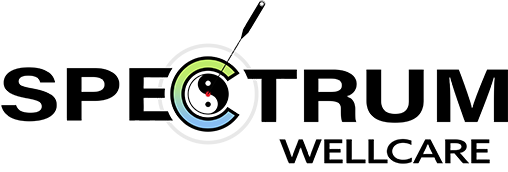…Now, when I first started practicing, my first inclination in treating pain, in any area, was to just treat the source of pain. I was treating pain very similar to how a Western practitioner would. I saw pain as mostly a result of a physical injury. However, as I continued to learn about diagnosing and treating in TCM, I realized that the depth to treating in the field of TCM was much greater than simply treating the source. I must add that I had and still do have great mentors and teachers that help to reinforce the true art behind TCM.
To help you appreciate my transformation, I’ll describe my thought process in treating pain when I first started. I will focus on acute pain cases. I only considered which Meridians were affected when making a diagnosis and formulating the subsequent treatment plan. In future blogs, I will discuss more in depth about treating according to Meridian Theory. I will also discuss other more evolving methods of treating in TCM. As I gained experience, I realized that there were other factors, other than the source of pain, that contributed to the manifestation of the pain or the exacerbation of the current pain.
One big difference between the two fields that became readily apparent to me concerned the philosophy behind the measurements being used. In Western medicine, practitioners rely almost exclusively on objective, quantifiable measurements to help them diagnose. Whatever the blood pressure instrument spits out or the flex machine reads out is the end all for their diagnosis. The Western practitioners rarely interact with their patients enough to gather more detailed, subjective data on the ailment.
On the other hand, TCM practitioners use a variety of instruments, many of which are subjective in nature, to come up with a diagnosis. In fact, many of these instruments for diagnosing demonstrate the ancient art of TCM, with the practitioner at the center of its conductance.
